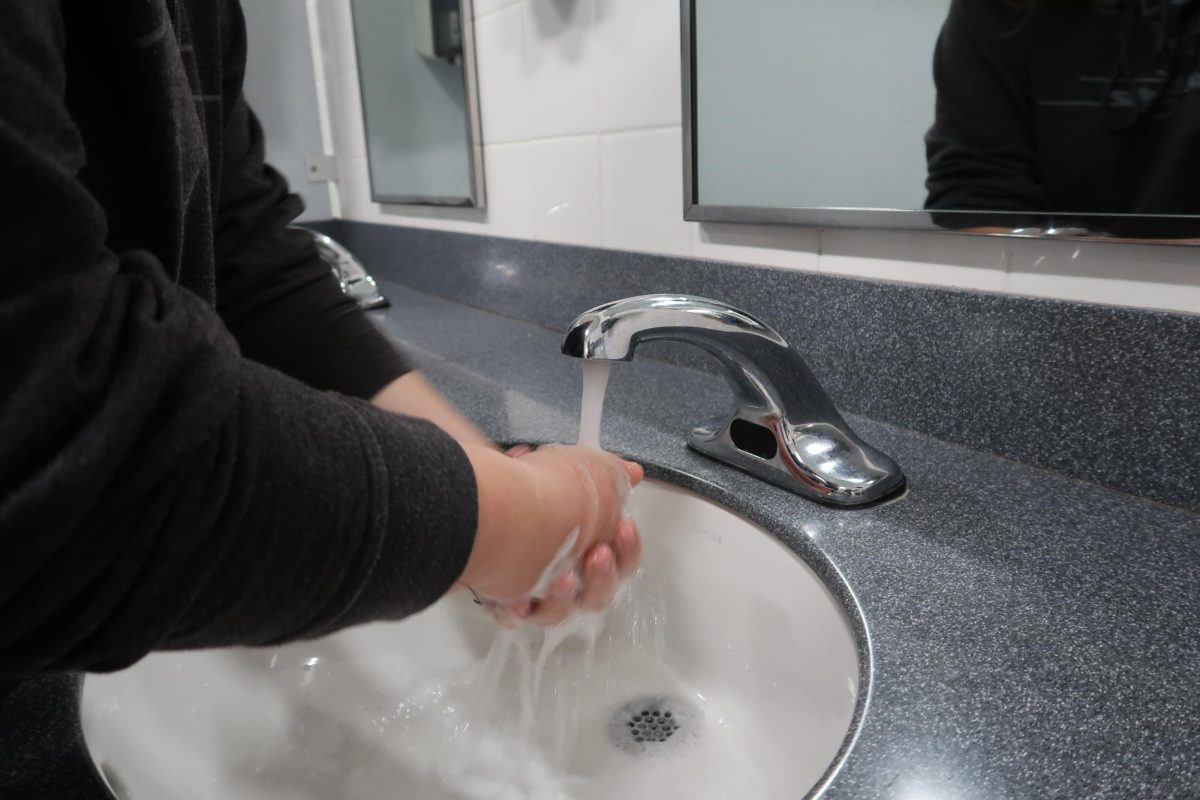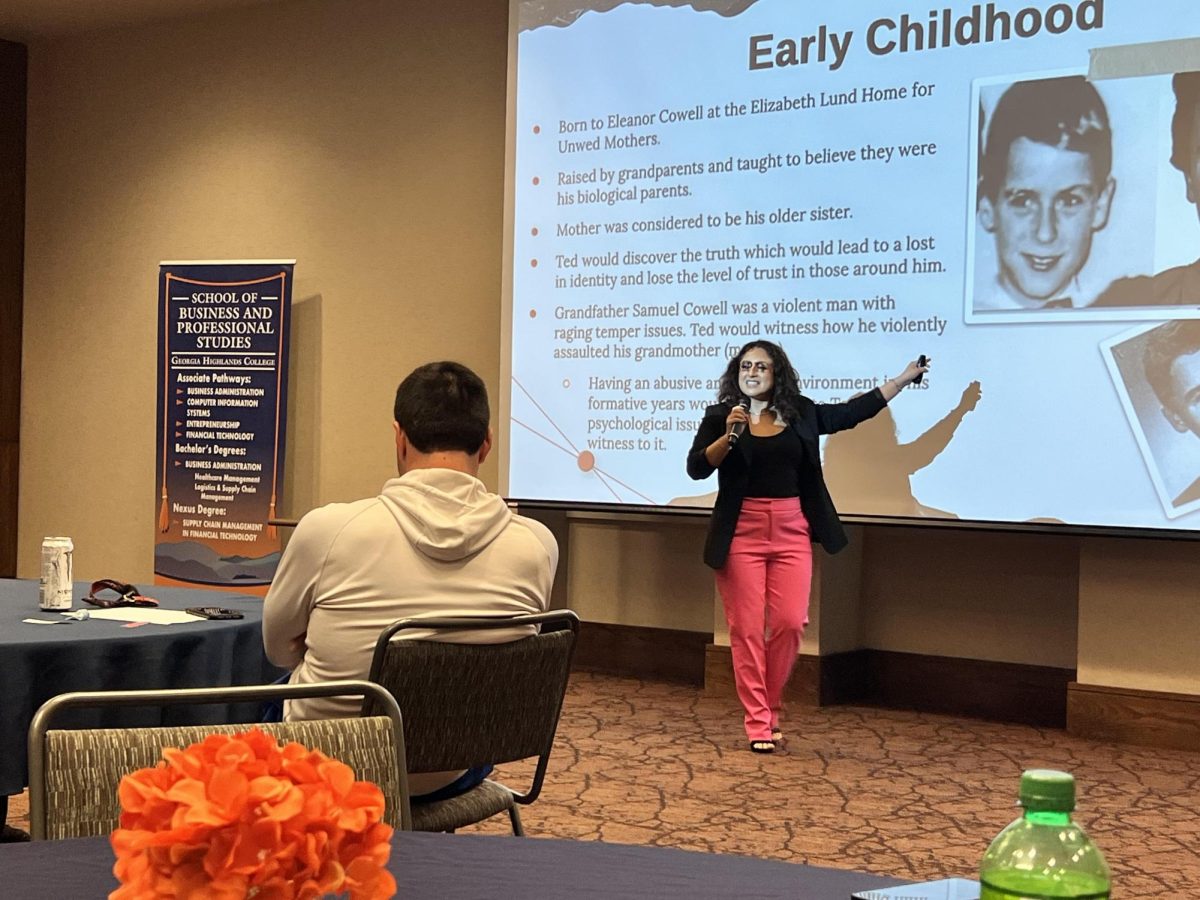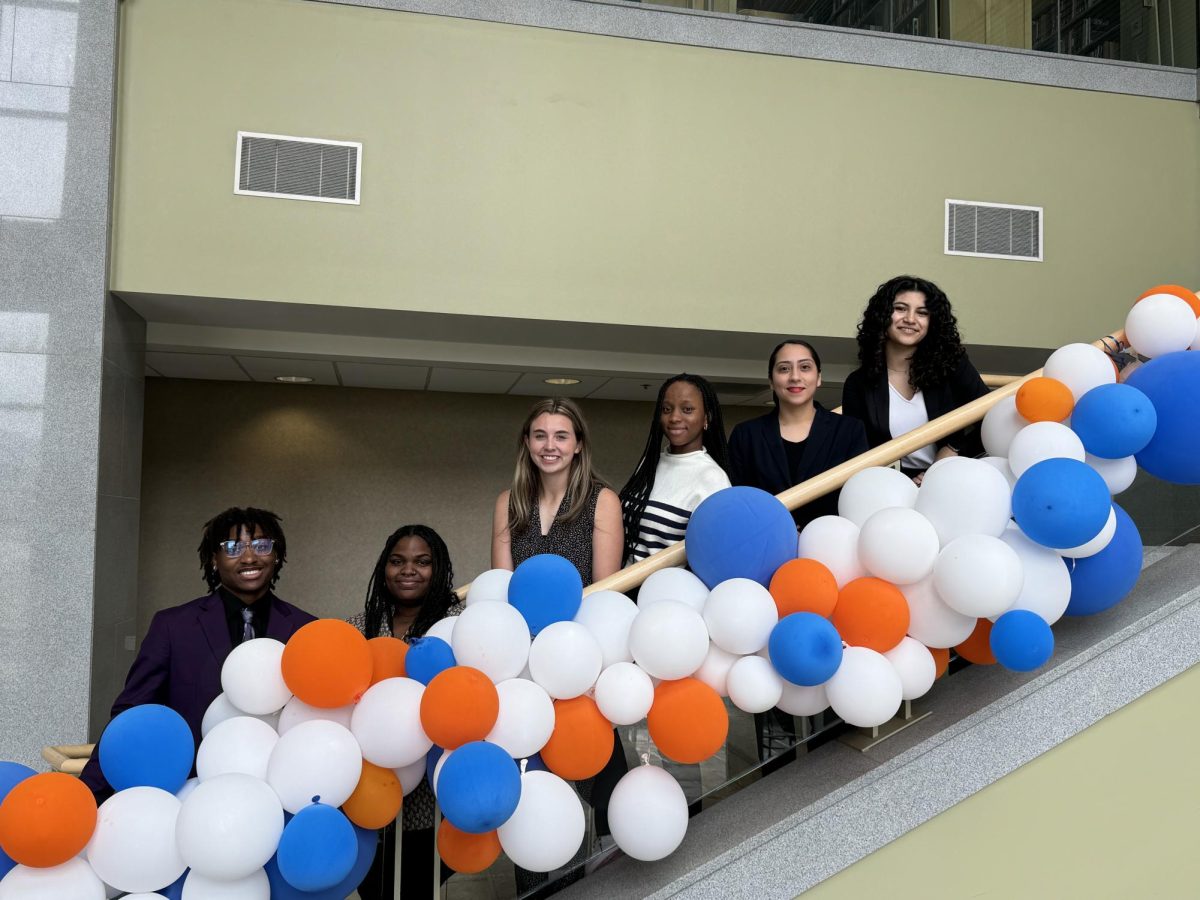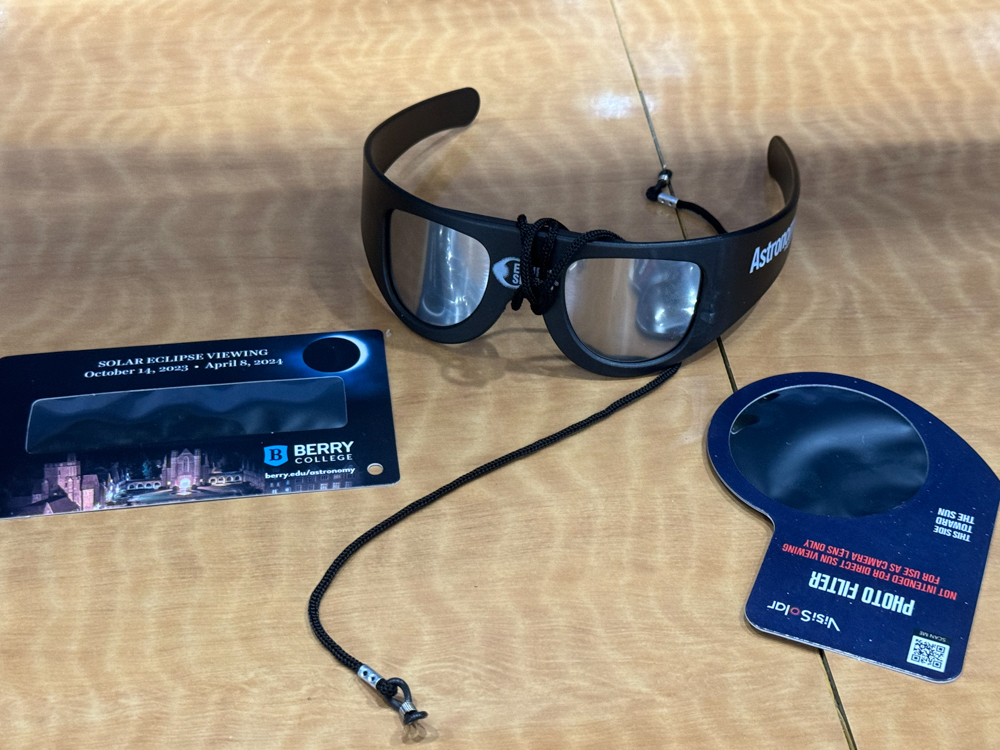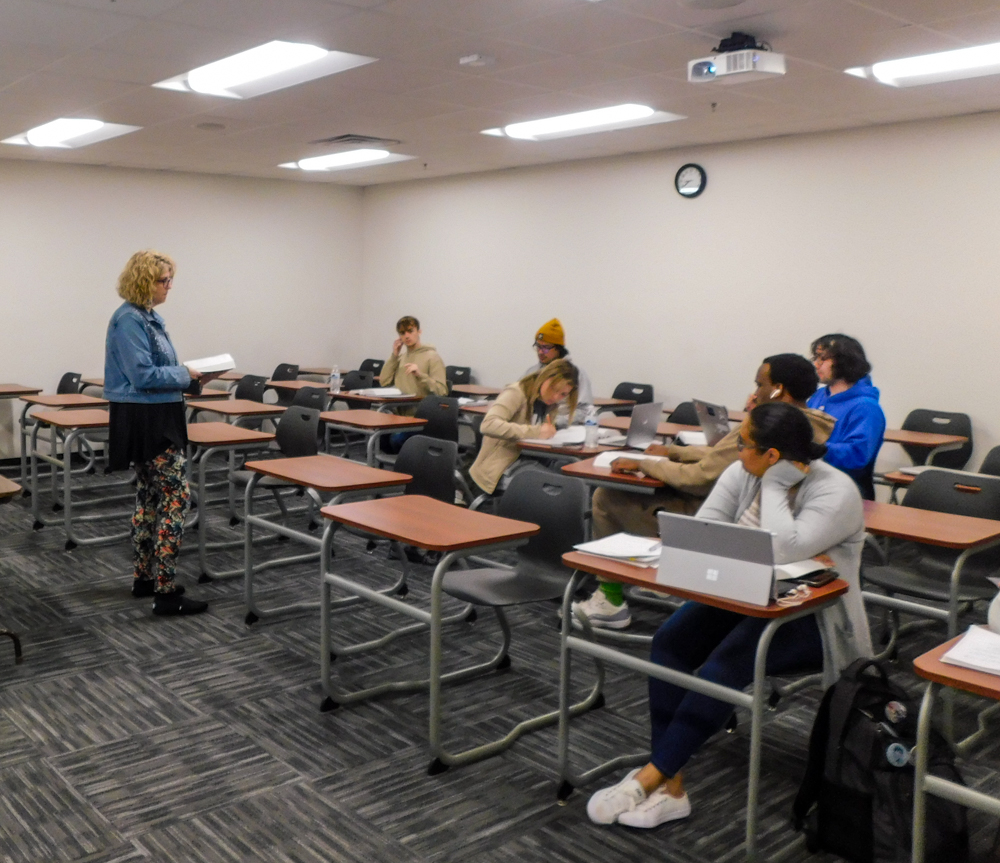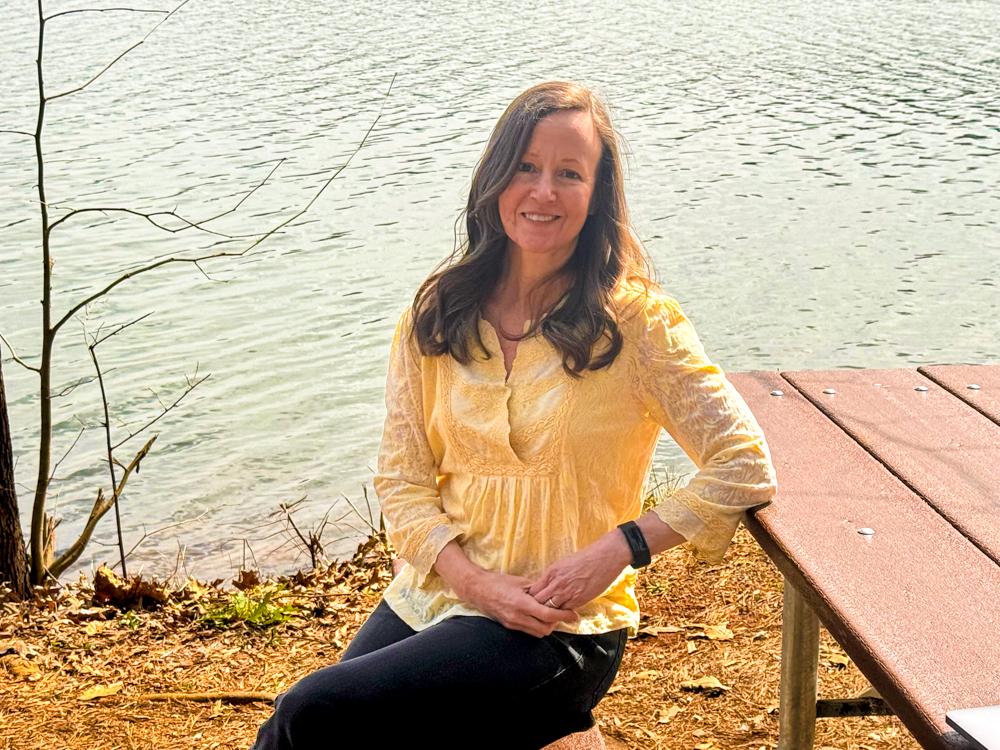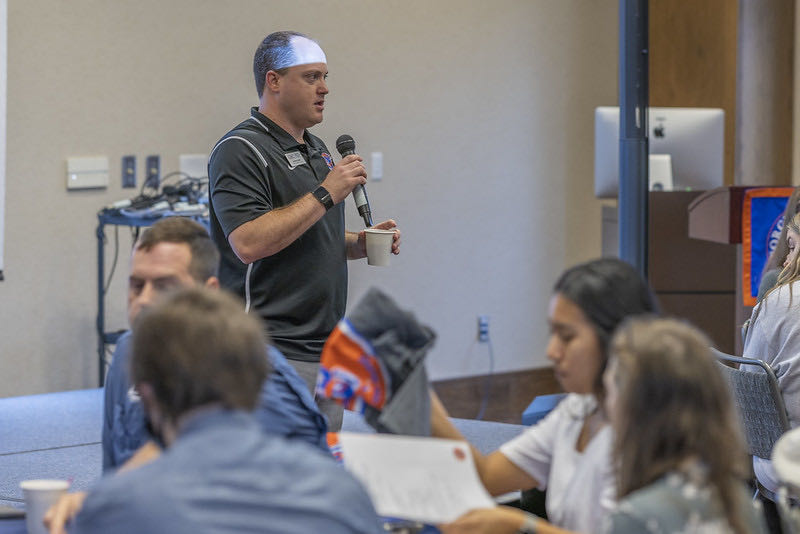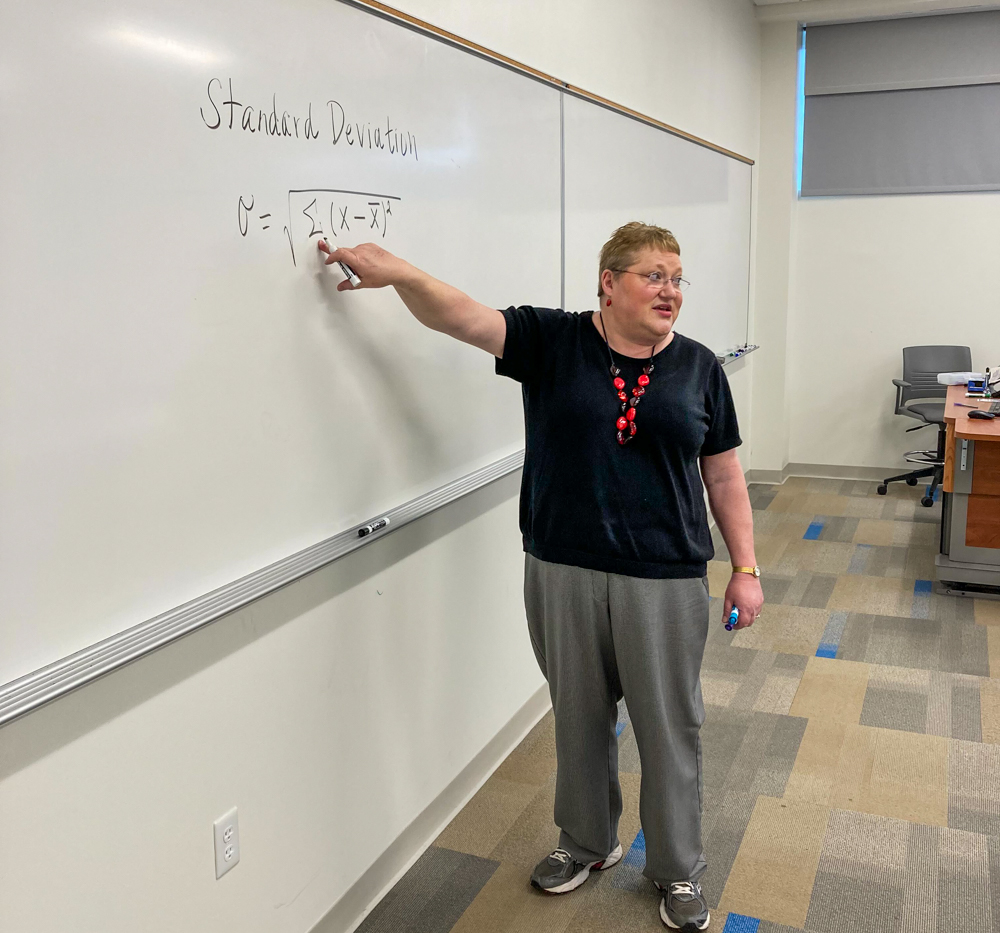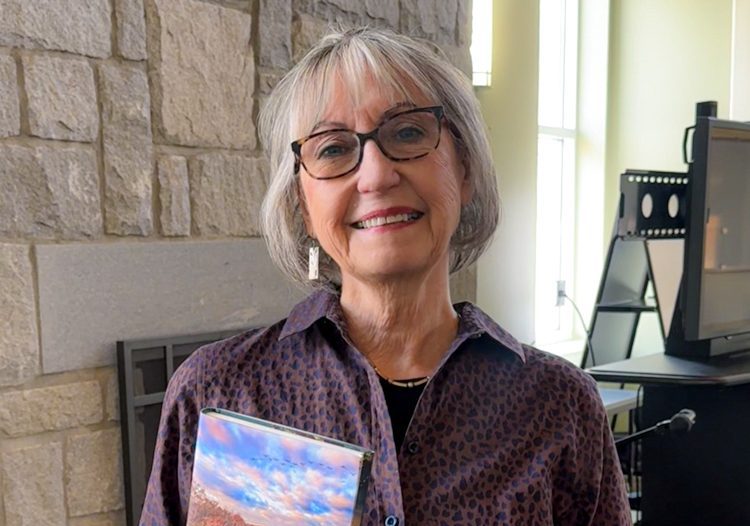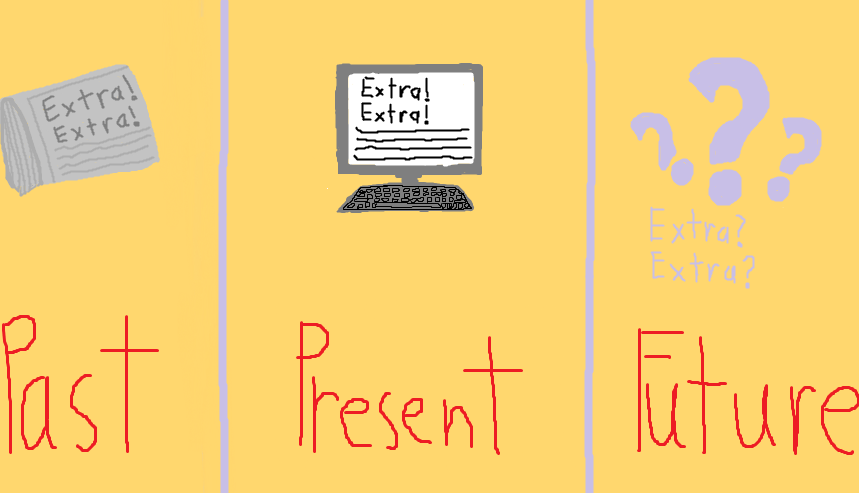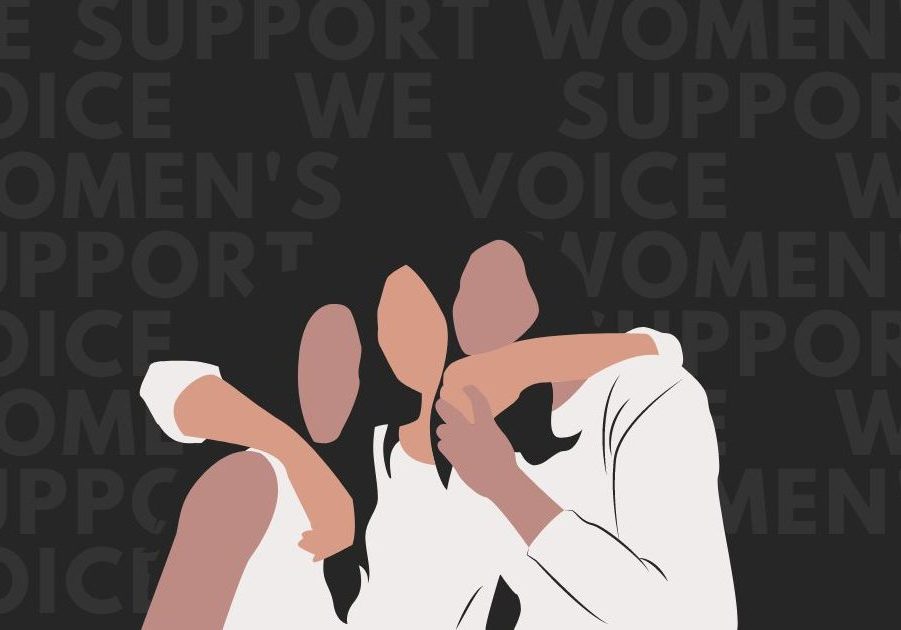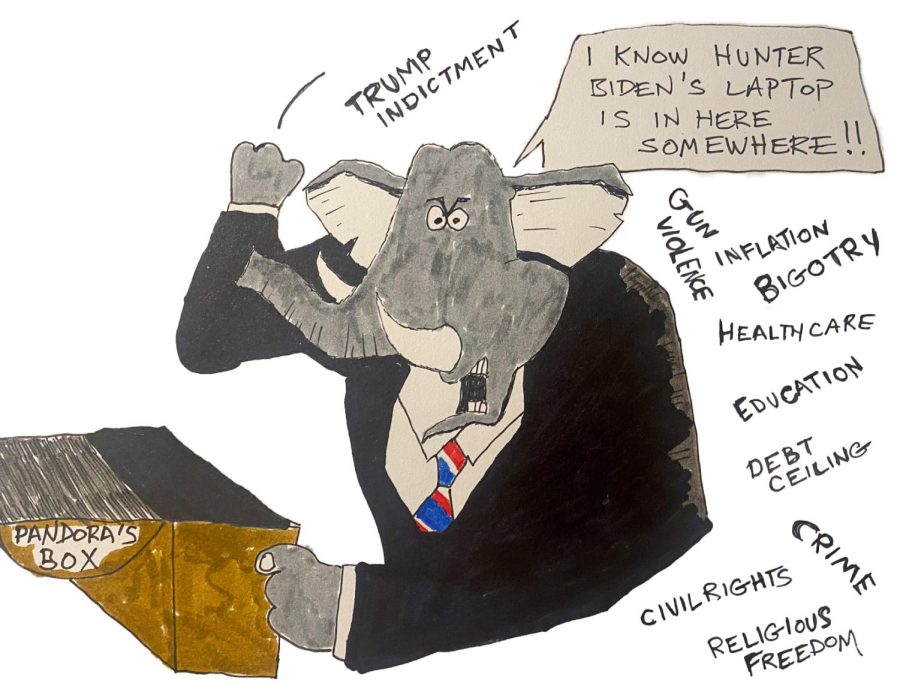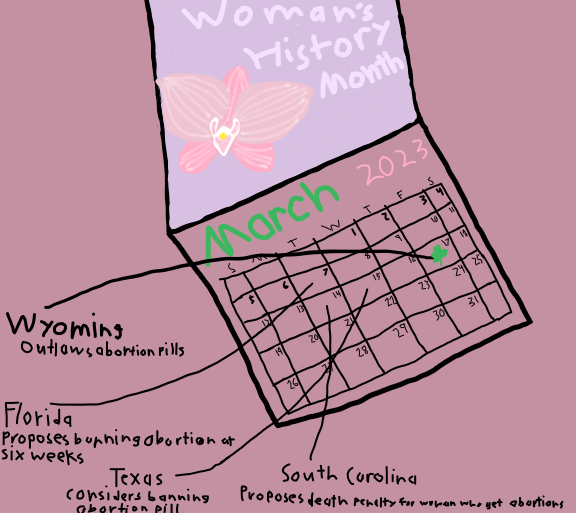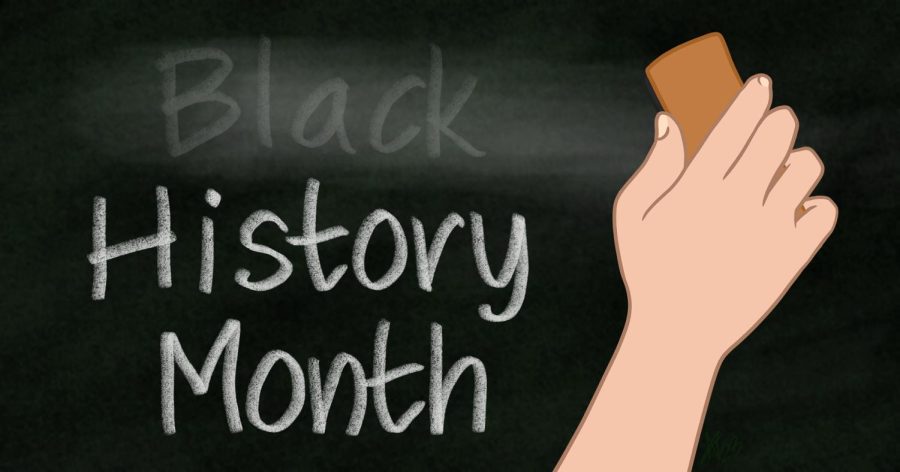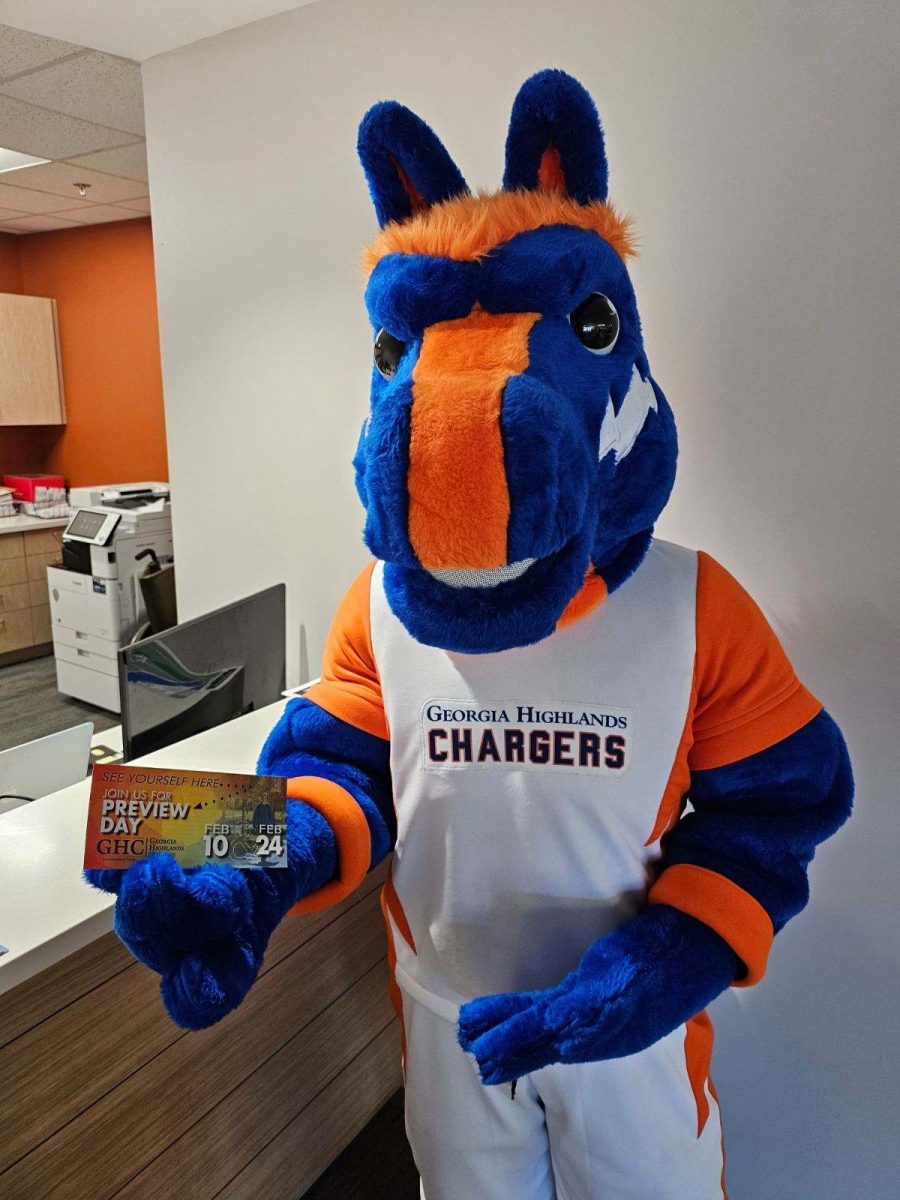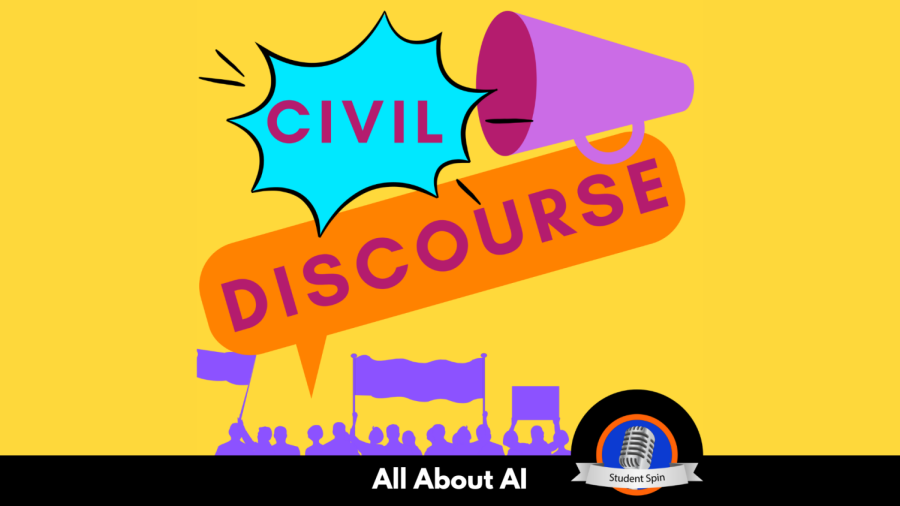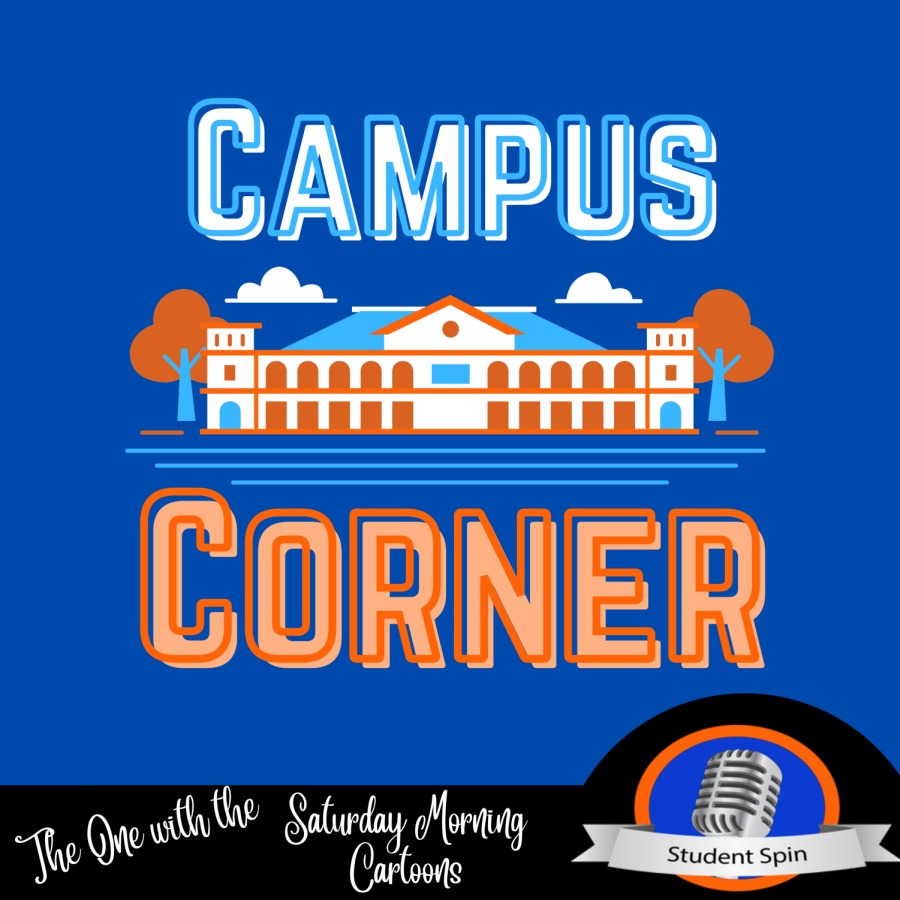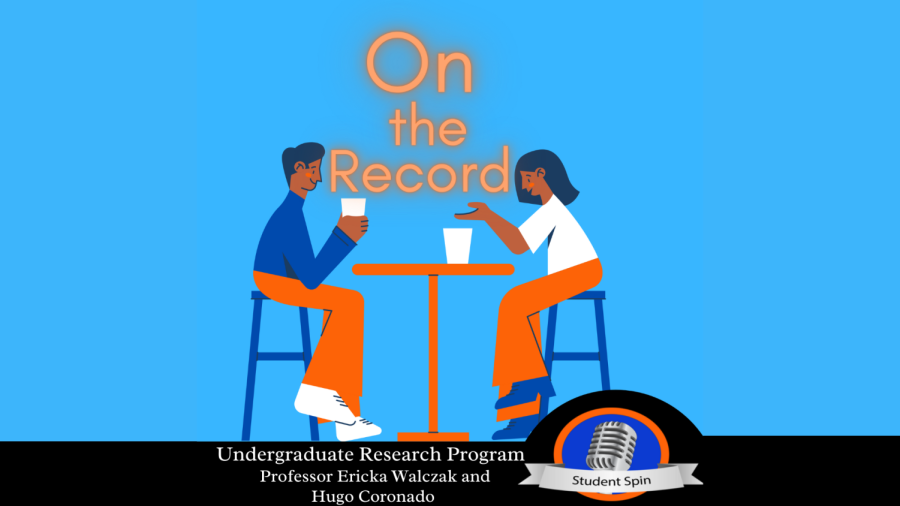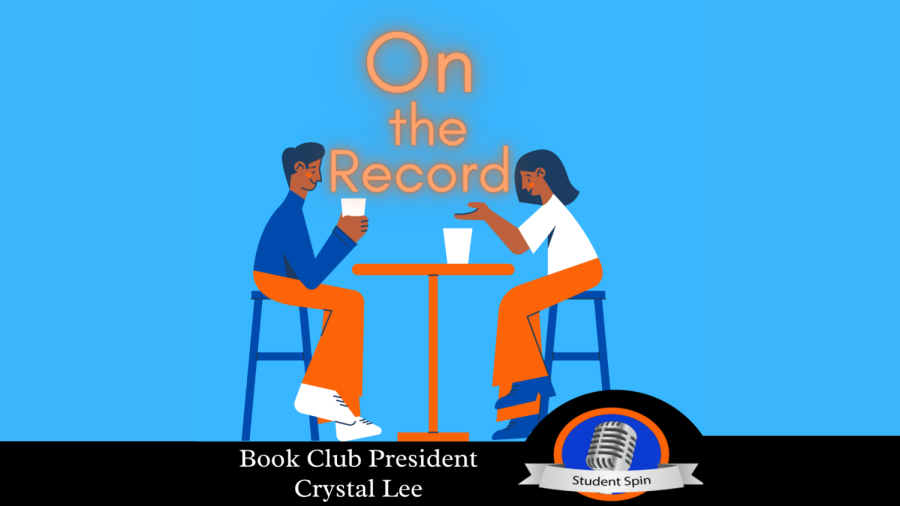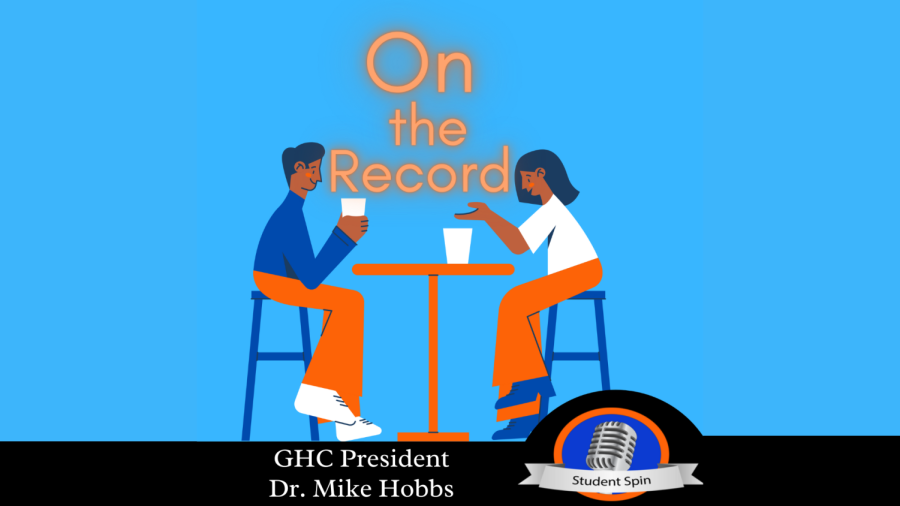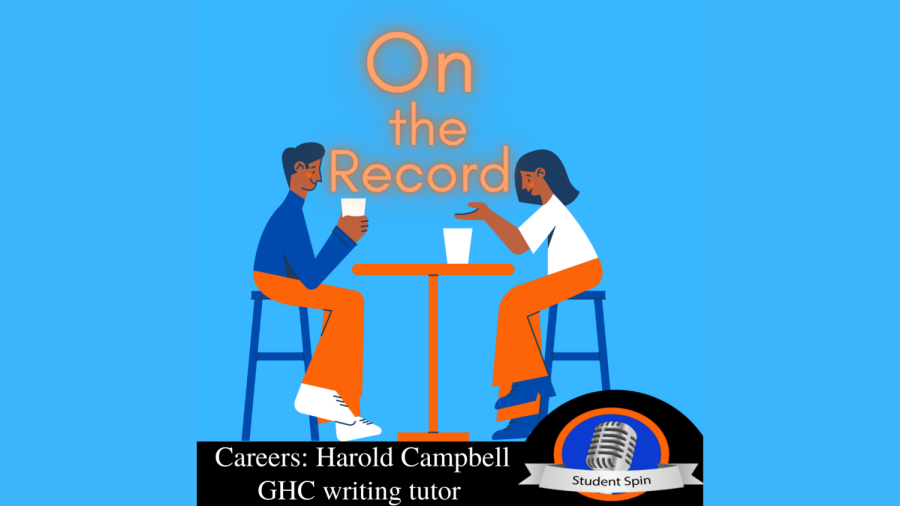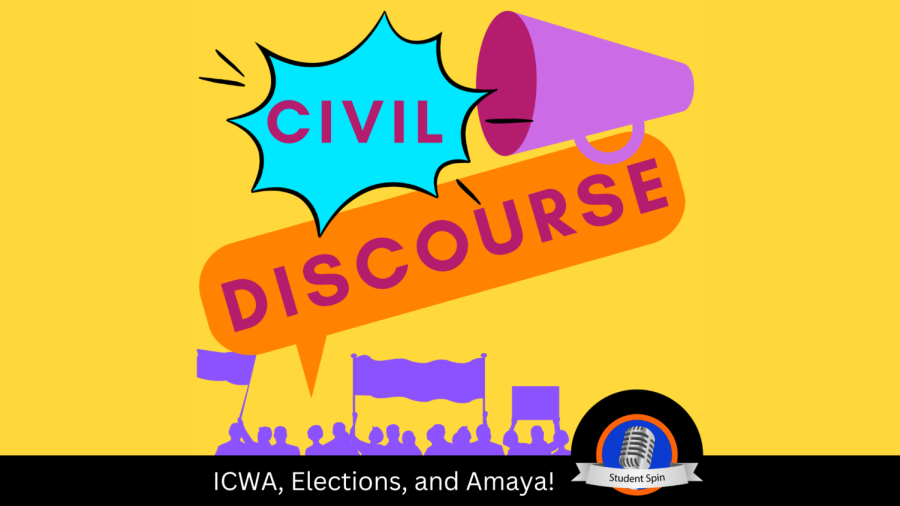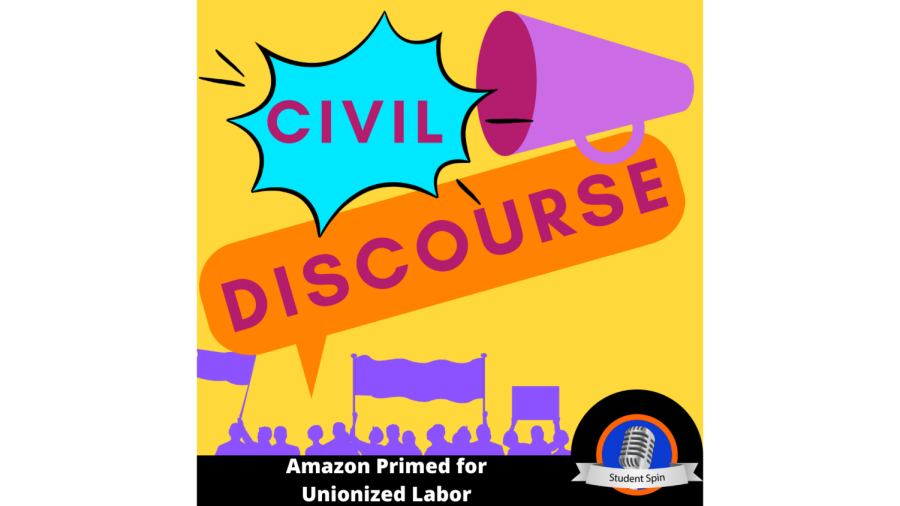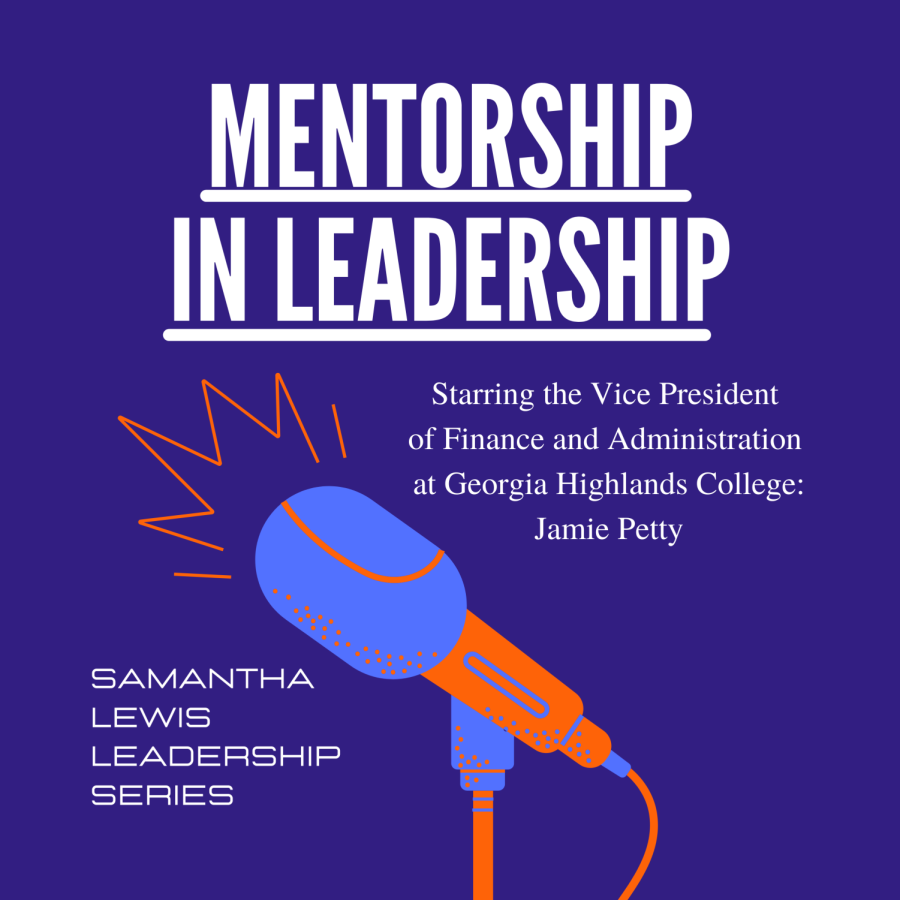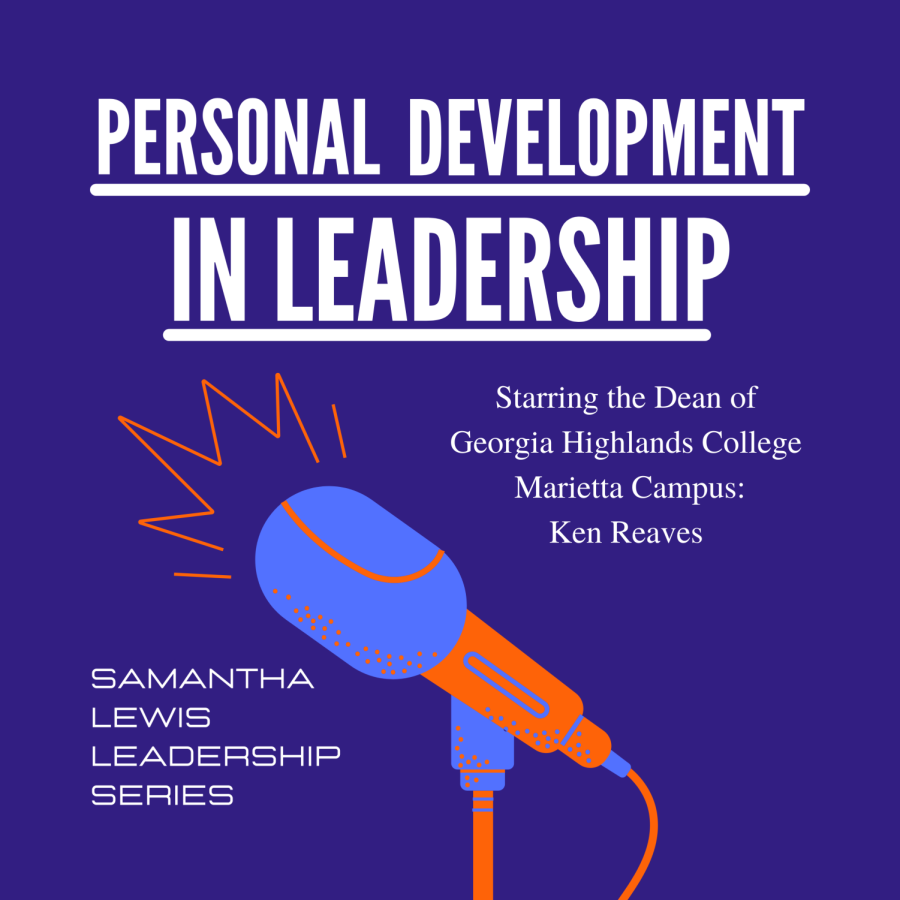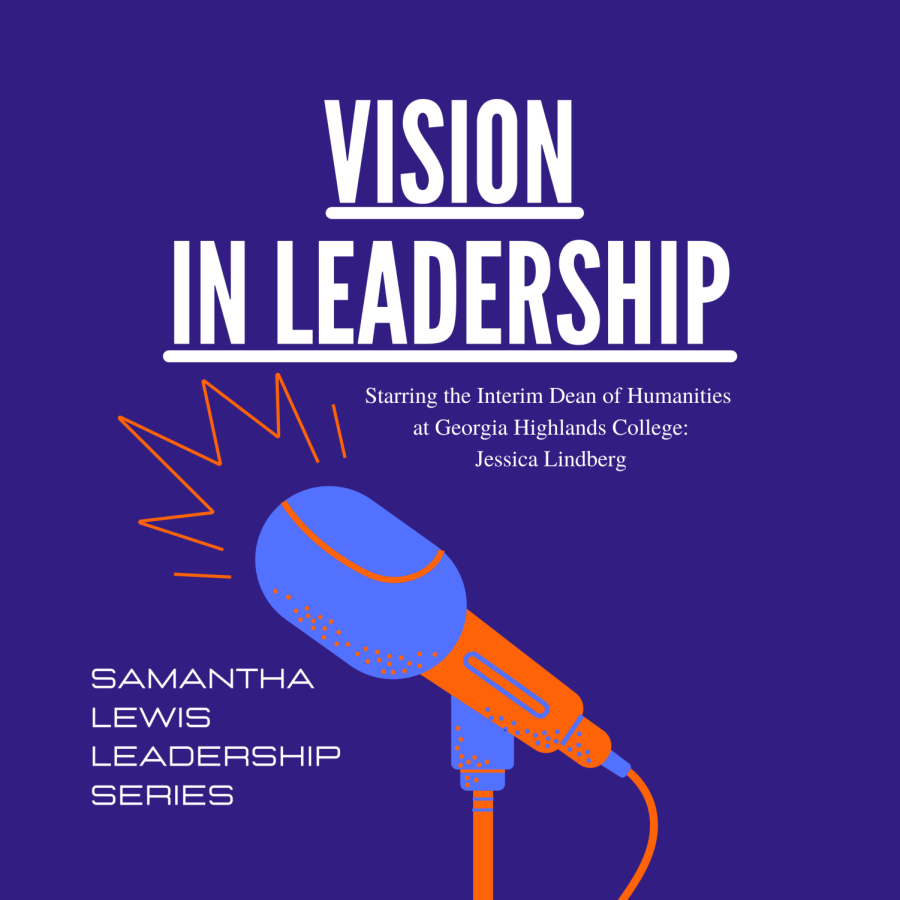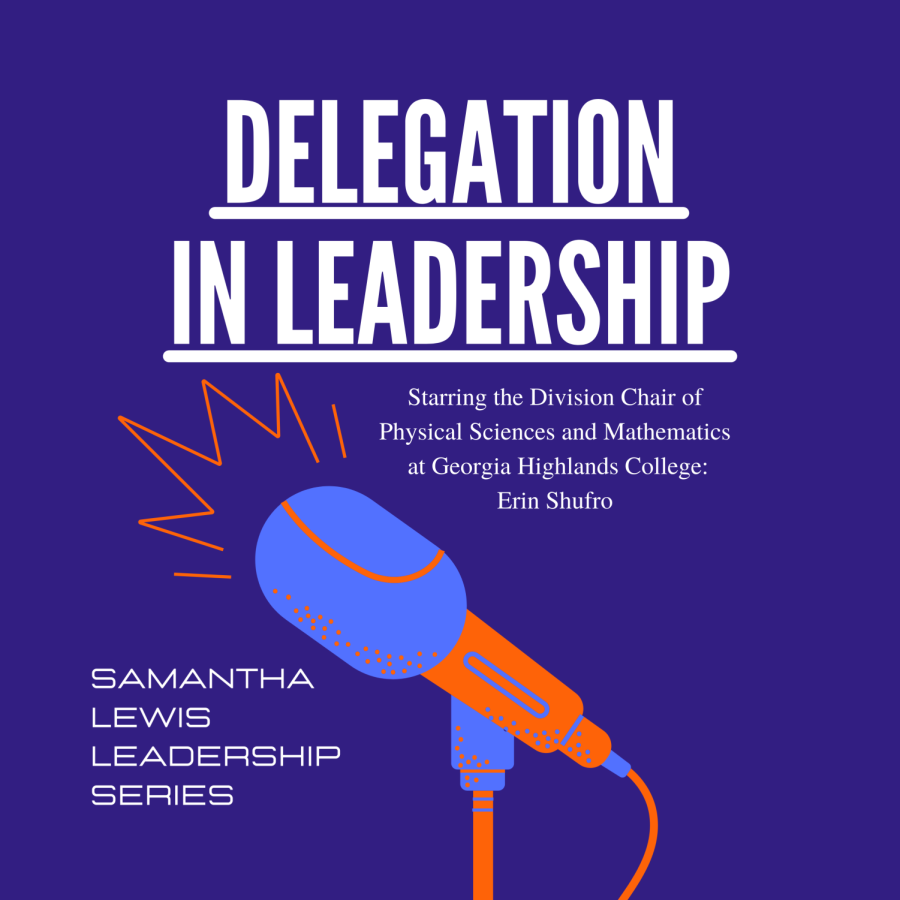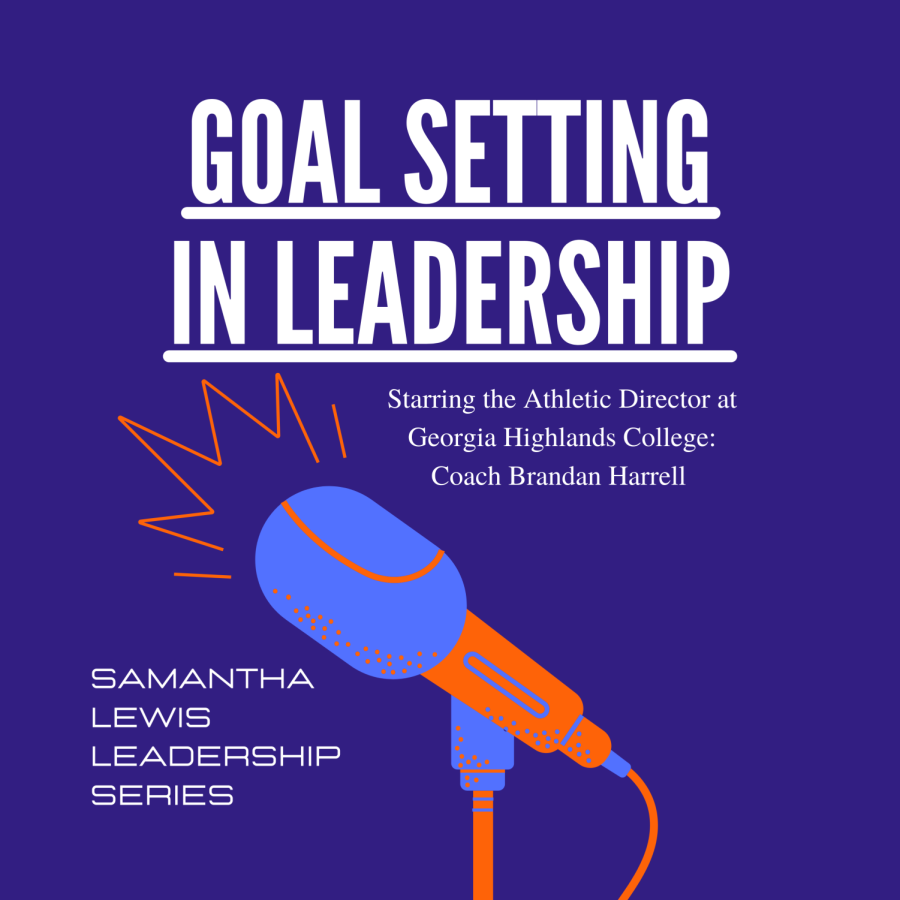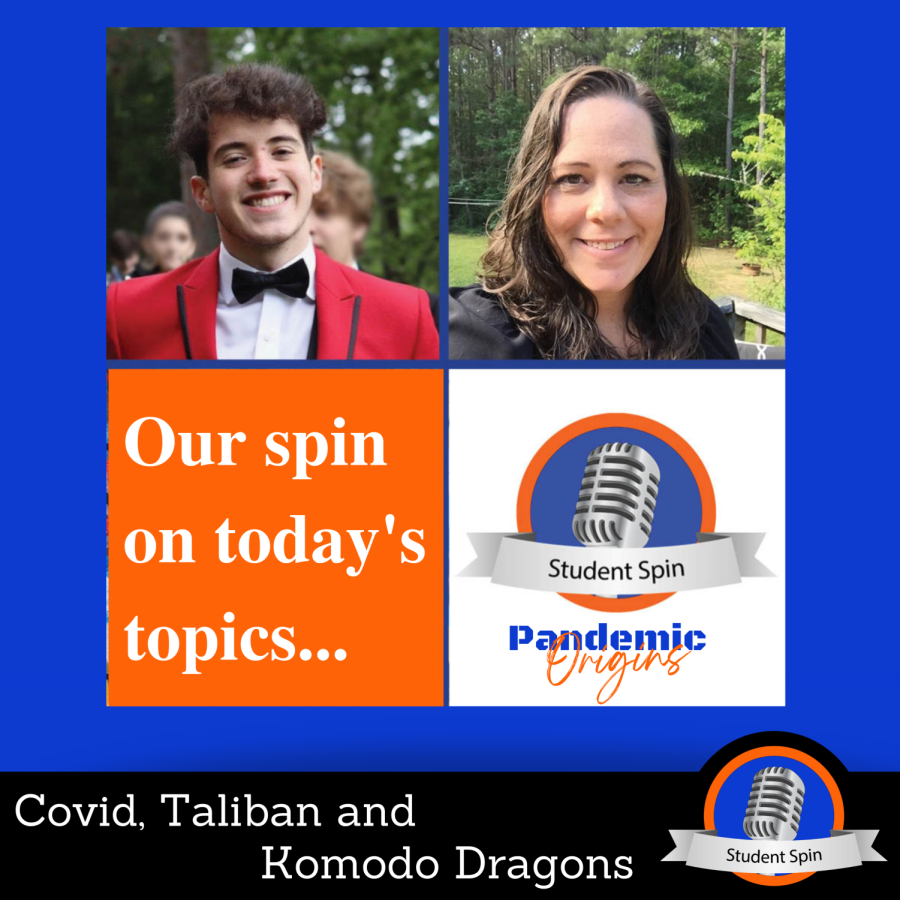Starting a Podcast: A How To Guide
Contributed by Georgia Hamby
Scout Hodgins and Carson Graham are the creators of the Student Spin Podcast: A Six Mile Post Production.
After participating in a panel presentation at the Georgia Communication Association Conference in February with my classmate, Scout Hodgins, we were approached by Assistant Professor of Communication and Journalism, Allison Hattaway, about starting a podcast run for students, by students. This sounded like so much fun. Thus, the “Student Spin” was born and I suddenly had a show and co-host.
A recent search on Amazon.com indicates that podcast equipment inventory is low right now and has been in high demand since the covid-19 virus hit and everyone is socially isolating. There really is no time like the present to learn a new skill and podcasting is a good way to continue to feel connected.
Do you want to start a podcast?
We meet weekly to record a 30 minute episode, discussing anything from GHC news to the Presidential Election.
Here are the basics that you need to know:
Step 1: What do you want to talk about?
What are you passionate about? Is it politics? Is it true crime? Is it Joe Exotic?
The world is your canvas. When you find a topic that you are passionate about, people will be more interested in hearing about it.
Step 2: Who is your target audience? How can you tailor your content to reach them?
Who is this for? We chose to direct our content towards college students and faculty members. To keep them engaged, we talk about topics that directly relate to our audience.
We have talked about a huge range of topics, including class registration, the stimulus package and (my personal favorite) Billie Eilish’s album. As long as you know your audience, finding talking points shouldn’t be difficult.
Step 3: Equipment
This one seems less fun than the others, but if you want to start a quality podcast, you need the equipment to do so. If you can determine a price range, you can find all kinds of good quality sound equipment at an inexpensive cost!
You will need one microphone per host, a sound mixer, headphones and access to editing software. It doesn’t have to be expensive. We use Garageband, a free tool that comes with Mac products, to edit.
Step 4: Distribution
How are people going to access your episodes? How often will they be able to listen to new episodes?
There are many platforms that will distribute your podcast to streaming services (i.e. Apple Podcasts, Spotify, etc). This is important because the more access people have to your show, the more people will listen. If there is one thing that listeners value, it’s consistency.
At first, we were only going to produce one episode every two weeks. After the first episode wrapped up, we decided to pick it up every week. If you can do it weekly, that’s great! As long as you maintain consistency, people will rely on that.
Step 5: Don’t Panic!
Nothing ever goes as planned, and this semester has been no exception. With the recent COVID-19 developments, we worried that we may have to suspend production for the rest of the semester, which was particularly sad because this is the last semester at GHC for both of us.
“For a couple of weeks I was having to go to [Carson’s] house,” said Hodgins. “Now that there is a shelter-in-place order we’re having to record through Zoom.”
Luckily we have been able to adapt to the situation and continue recording.
In short, something will always go wrong, but learning to adapt to the circumstances is part of the value of the experience.
With this information, I hope you are able to start your podcast with ease and enlighten the world.
…………………………………………..
Listen to Student Spin with Carson Graham and Scout Hodgins every Wednesday on all streaming services!

